If the design styles in Part 1 of our Design a Home series didn’t float your boat, don’t get discouraged. Interior design is a deeply personal journey and the styles listed are merely ideas in the overarching goal of fine tuning a space that makes you happy.
Your home should be a sanctuary of relaxation, inspiration, and comfort, but there are so many different designs to appeal to the uniqueness of every individual!
Industrial
This design is typically seen in loft conversions or repurposed warehouses because of its factory origins. These buildings are often composed of exposed brick walls, concrete floors, visible ducting, steel girders, and open floor plans.
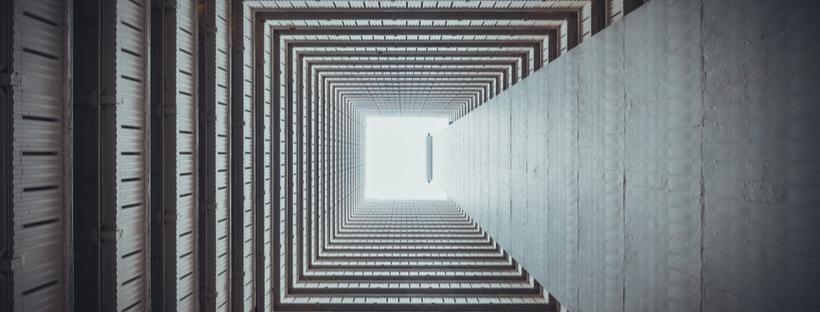
Interior designers take inspiration from this urban architecture and incorporate it into their decor by using similar or complementary materials like metal, wood, and leather. Colors on the dark neutral spectrum work to transform black, gray, and brown from dour notes to highlights of eccentricity.
Industrialize Fits All
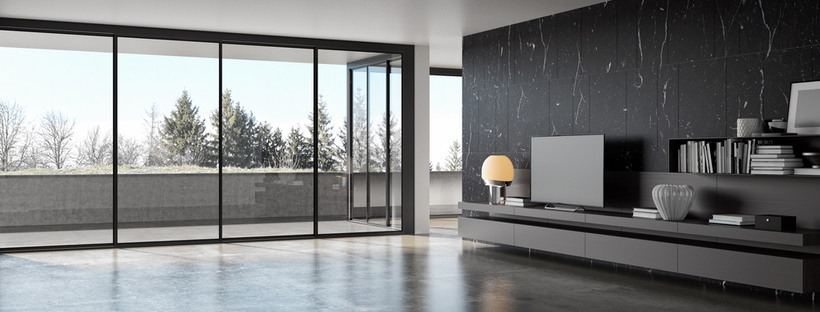
To contrast its moody interior, industrial design uses large windows with black frames with minimal or no covering to allow natural light to pour into your space. When thinking of which decor pieces to include, imagine items found in a factory during the late 19th century, such as Edison bulbs and an old wall clock. Throw in a plant to liven up the atmosphere, and you’ve got yourself a chic new loft!
Glam
This style is for those with an inner princess and a taste for luxury. A glam room is inhabited by whites, pastels, and metallics and embodies sophistication.
Shimmery elements can be incorporated through decor pieces like vases and wall art or subtly used in the hardware of your furniture. There’s never enough sparkle and shine in a glam home, and elements like crystal light fixtures and end tables with mirrored surfaces really emphasize this aesthetic.
Soften the Glitz, Sharpen the Glam
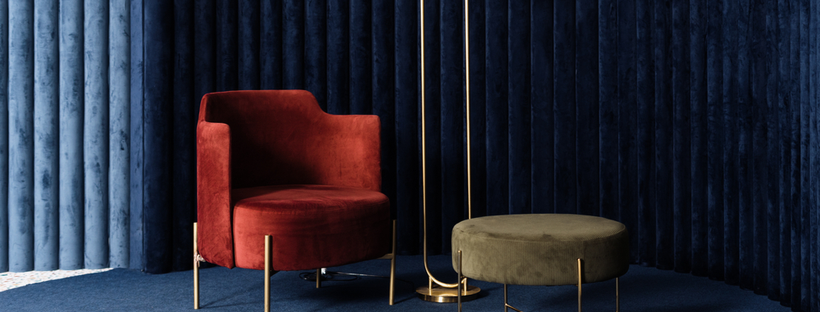
To soften and warm up the space, utilize cozy materials like faux furs and velvet. Nothing says luxury like a pink velvet tufted ottoman over a faux sheepskin rug. Tie the room together with a large mirror to look at your bad self as you enjoy your new glamourous home.
Minimalism
The philosophy behind this style emphasizes the focus of energy toward the things that really matter by removing excess from the equation. This might make it the antithesis of glam.
The key to streamlining any home design project comes down to eliminating clutter. Every item in a room must have a function or purpose, so instead of a mantle decorated with trinkets and knick-knacks, clear the space out and maybe have one large mirror as a functional statement.
Keep it Simple
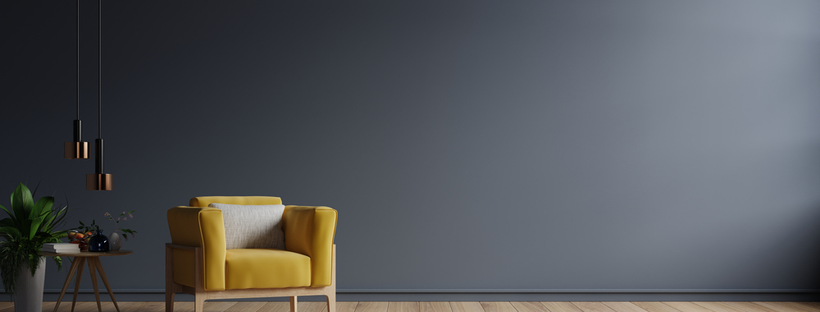
Many elements of the home will be stripped down to their basic components to optimize their function – but that doesn’t mean you should be boring. Minimalism is all about intention, and if there is a pop of color or a bold art piece you want to display, go for it! This style is more of a state of mind than a design.
It can even be mixed in with some of the others, like Scandinavian and mid-century modern. Just remember the purpose is to keep the space calming and peaceful.
Traditional
The epitome of classic, traditional design style implements the luxury and opulence of an early 19th century home. Unlike many of the design styles on the list, its decor has a lot of ornate detail and intricate patterns. Harmony and symmetry are common themes in traditional design, meaning the furniture and decor pieces will typically match throughout the home.
Because traditional is viewed as one of the homiest and most comfortable design styles, its color palette is commonly a mix of neutrals and warm tones – particularly in furnishings or antique wood pieces. Furniture tends to be lavish and regal, like wingback chairs with tufted upholstery. When decorating the space, use grand accessories like china sets, vases, and chandeliers. Essentially, you are creating your own version of a Victorian mansion.
Transitional
Transitional is the happy medium between traditional and contemporary. It artfully mixes in both the classic ornate elements of traditional with the simple streamlined accessories of a modern design. It will normally include the grand statement furniture and fixtures blended with modern accessories in a neutral color palette.
You will still see baseboards and crown molding in a transitional home, but it will be juxtaposed with simple drapery over windows and muted tones. Instead of adding visual interest in a space with bold patterns, opt for different tonal shades to subtly create dimension. Keep the textures cozy and soft for a homey and welcoming atmosphere.

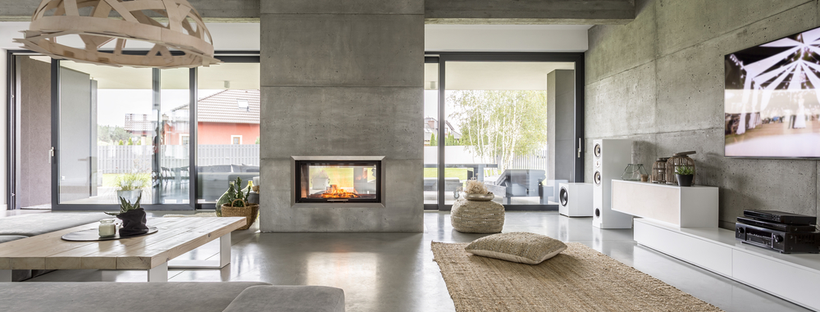
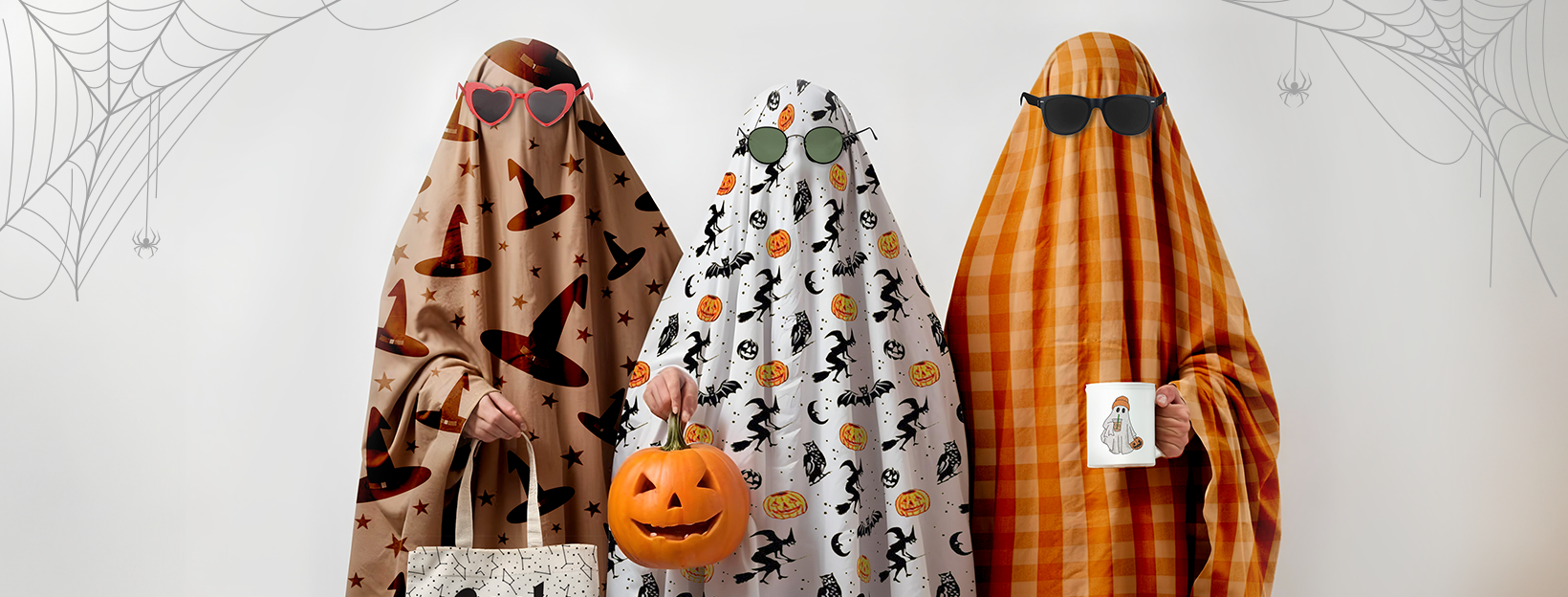

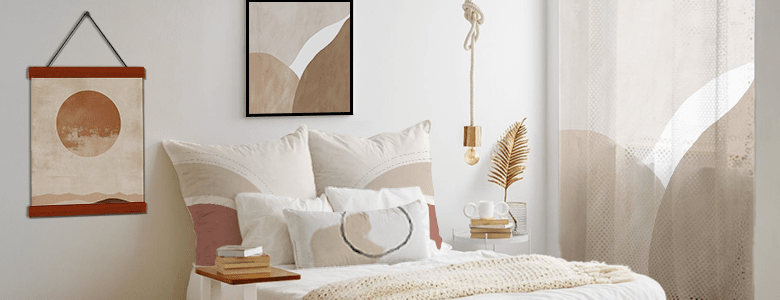
No Comments